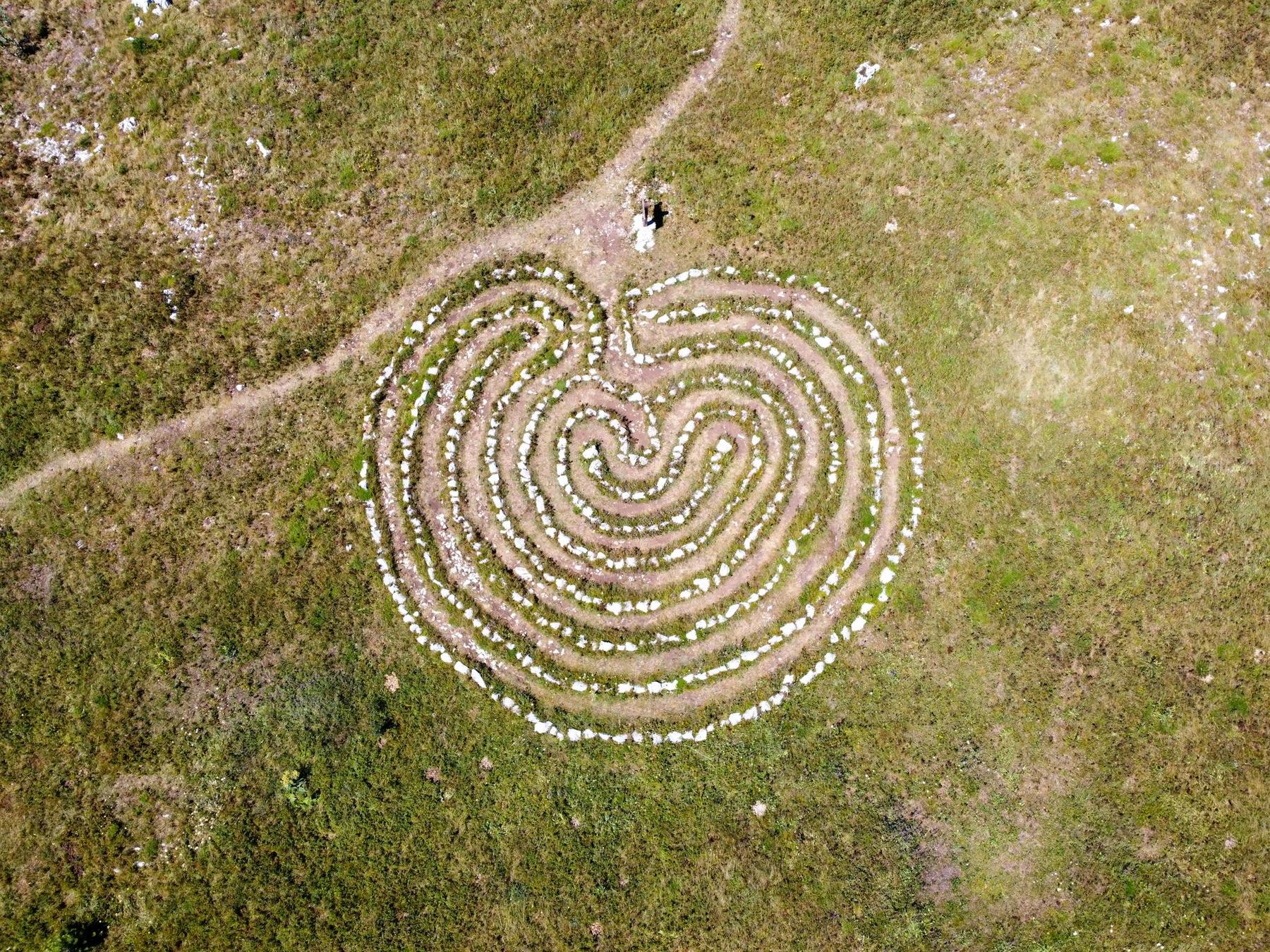In an era where Australians spend upwards of 93% of their time indoors and 56% of the global population now resides in urban environments, the disconnection from natural spaces has become a silent epidemic. Chronic stress, declining immune function, and rising mental health concerns plague modern life, yet an ancient practice refined by Japanese researchers offers a scientifically validated solution: forest bathing, or Shinrin-Yoku.
This is not metaphorical bathing nor strenuous hiking. Rather, it represents a deliberate, meditative immersion in forest atmospheres—a practice that has amassed over 1,000 peer-reviewed studies demonstrating measurable physiological and psychological benefits. From immune system enhancement to cardiovascular improvements, the evidence base for forest bathing has expanded dramatically since its formal introduction in 1982, when Japan’s Forest Agency launched it as a national health programme to combat technology-induced stress.
For Australians navigating the complexities of contemporary wellness, understanding Shinrin-Yoku provides access to an evidence-based, cost-effective intervention that complements holistic health approaches whilst requiring nothing more than presence, time, and proximity to trees.
What Is Forest Bathing and Where Did Shinrin-Yoku Originate?
Forest bathing—Shinrin-Yoku in Japanese—translates literally as “bathing in the forest atmosphere.” The term Shinrin (森) means forest, whilst Yoku (浴) signifies bath. First coined and defined in English by Dr Qing Li in 2005 following his pioneering study in Iiyama, Nagano Prefecture, the practice represents a mindful, sensory engagement with natural environments rather than physical exercise or destination-focused activity.
The historical context proves illuminating. In 1982, Japan confronted a significant spike in stress-related illnesses as rapid industrialisation and technology adoption created what researchers termed “technostress.” The Japanese Forest Agency responded by officially launching Shinrin-Yoku as a preventative health initiative, establishing the Japanese Society for Forest Therapy in 2004 to conduct rigorous, evidence-based research.
The practice distinguishes itself through three fundamental characteristics. Firstly, it emphasises slow, contemplative connection rather than physical exertion. Secondly, it engages all five senses simultaneously—sight, smell, hearing, touch, and taste—creating a holistic sensory experience. Thirdly, it cultivates present-moment awareness through intentional engagement with forest elements, typically conducted in silence or minimal conversation.
Cultural foundations root the practice in three traditional Japanese concepts: Yūgen (profound awareness of beauty that evokes emotions beyond words), Komorebi (sunlight filtering through trees), and Wabi Sabi (appreciation of imperfection and impermanence). These philosophical underpinnings transform forest bathing from simple nature exposure into a structured contemplative practice.
Global recognition has expanded significantly. Countries including South Korea, New Zealand, Scotland, Norway, the United States, Canada, and increasingly Australia now recognise forest bathing as preventative medicine. The Royal Australian College of General Practitioners supports nature prescribing for chronic disease management, mental health care plans, and preventive health promotion, reflecting growing acceptance within mainstream healthcare systems.
How Does Forest Bathing Work? Understanding the Science Behind the Practice
The physiological mechanisms underlying forest bathing’s effectiveness centre on two primary pathways: phytoncide exposure and sensory-mediated nervous system rebalancing.
Phytoncides represent volatile organic compounds released by trees as natural defence mechanisms. These compounds, including α-pinene, β-pinene, d-limonene, camphene, and isoprene, become airborne and, when inhaled during forest visits, trigger measurable physiological responses. Research shows that phytoncides influence the autonomic nervous system, stimulating parasympathetic activity while suppressing the sympathetic “fight or flight” response.
The five-sense engagement protocol amplifies these effects. Visual input from green landscapes, olfactory stimulation from forest aromas, auditory cues from birdsong and rustling leaves, tactile sensations from bark and soil, and the taste of fresh forest air create a multi-dimensional sensory experience. This comprehensive engagement supports neurological benefits through what researchers term “soft fascination,” an attention state that facilitates cognitive and emotional recovery.
Additionally, forest bathing influences hormonal regulation by increasing beneficial hormones such as serum adiponectin and DHEA-S, while reducing stress hormones like cortisol, adrenaline, and noradrenaline.
What Are the Evidence-Based Benefits of Forest Bathing?
The scientific literature documents a range of benefits across immune, cardiovascular, endocrine, and psychological systems.
Immune System Enhancement
Research by Dr Qing Li at Nippon Medical School demonstrated significant increases in natural killer (NK) cell activity and count following forest bathing sessions. Elevated levels of anti-cancer proteins such as granulysin, granzyme A, granzyme B, and perforin were also observed, with benefits persisting for up to 30 days post-exposure.
Cardiovascular and Metabolic Benefits
Meta-analyses have shown that forest bathing leads to reductions in both systolic and diastolic blood pressure, improved heart rate variability, and beneficial effects on metabolic parameters such as blood glucose levels and adiponectin concentrations.
Stress Reduction and Hormonal Regulation
Field experiments report marked reductions in cortisol and catecholamine levels. The autonomic nervous system rebalancing observed during forest bathing contributes to sustained stress relief, with benefits lasting several hours post-session.
Psychological and Cognitive Benefits
Studies indicate improvements in mood states, reduced anxiety, and enhanced cognitive function. Participants experience better memory recall, increased cognitive flexibility, and improved creative problem-solving after forest bathing sessions.
Sleep Quality Enhancement
Forest bathing has been associated with improved sleep duration and quality, likely attributable to the calming influence of natural phytoncides and the regulation of circadian rhythms.
How Much Time Should You Spend Forest Bathing for Optimal Results?
Research suggests that spending at least 120 minutes per week in nature is associated with significant health benefits. Optimal results are typically observed with 200-300 minutes per week, which can be achieved through either longer single sessions or multiple shorter sessions. Even brief 10-20 minute sessions have been shown to reduce stress markers and enhance overall wellbeing.
How Do You Practice Forest Bathing in Australia?
Forest bathing requires minimal equipment, emphasizing mindfulness and sensory engagement over physical exertion. The practice can be implemented in a variety of natural settings, from wilderness forests to urban parks. Key steps include disconnecting from technology, choosing an appropriate natural location, and engaging with your surroundings through a structured sequence of slow walking, sitting observation, and sensory awareness exercises.
Guided sessions led by certified forest therapy professionals can enhance the practice, though solo practice is equally effective once the basic principles are understood. Australian-specific adaptations may incorporate Aboriginal connection to Country practices, blending ancient wisdom with contemporary wellness strategies.
Can Forest Bathing Support Mental Wellbeing and Stress Management?
Forest bathing has demonstrated robust benefits for mental health, including significant reductions in anxiety, depression, and attention deficit symptoms. Neurobiological research supports these findings, showing improved amygdala function and increased serum serotonin levels. This practice is effective as a complementary intervention alongside traditional clinical treatments, offering a non-invasive, accessible approach to enhancing mental wellbeing.
Integrating Ancient Wisdom with Contemporary Wellness
Forest bathing embodies a convergence of traditional Japanese practices and modern scientific validation. It aligns with the biophilia hypothesis by transforming a natural predisposition for nature into a structured, health-promoting activity. With its low cost, minimal equipment requirements, and wide-ranging benefits, Shinrin-Yoku offers a sustainable strategy for managing chronic health issues and enhancing overall quality of life.
What’s the difference between forest bathing and hiking?
Forest bathing prioritizes slow, contemplative movement and sensory engagement with the natural environment, whereas hiking typically involves sustained physical exertion, distance coverage, and a specific destination. The focus in forest bathing is on present-moment awareness and the physiological benefits of reduced stress and enhanced immune function.
How quickly can you experience benefits from forest bathing?
Measurable benefits, such as cortisol reduction, can be experienced within a single 20-30 minute session. However, more substantial benefits, such as enhanced immune function, typically require longer exposures of 2-3 hours, with research indicating a minimum of 120 minutes of weekly exposure for comprehensive benefits.
Can you practice forest bathing in urban parks or does it require wilderness?
Urban parks with significant tree coverage can provide many of the benefits associated with forest bathing, though wilderness areas might enhance effects due to higher phytoncide concentrations and reduced urban noise. The key is sufficient natural elements and space to facilitate an uninterrupted, mindful experience.
Is forest bathing safe for people with mobility limitations or chronic conditions?
Yes, forest bathing is highly adaptable. Many urban parks and botanical gardens offer wheelchair-accessible paths, and the practice does not require vigorous physical activity. However, individuals with chronic conditions should consult their healthcare provider for tailored advice.
Do you need a guide or can you practice forest bathing alone?
Both guided and solo practices are effective. Certified forest therapy guides can provide structured experiences and deeper sensory engagement, especially for beginners. However, once familiar with the principles, many individuals successfully practice forest bathing on their own.













